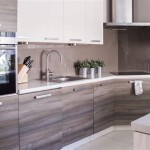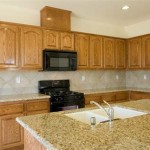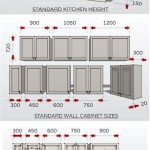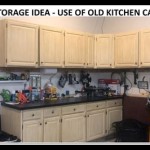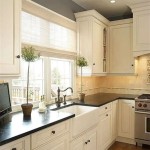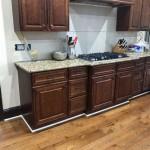Essential Aspects of Concrete Kitchen Cabinets DIY: A Comprehensive Guide
Concrete kitchen cabinets, known for their durability, versatility, and unique aesthetic appeal, have become increasingly popular in modern home design. While undertaking a DIY project to create concrete kitchen cabinets may seem intimidating, it is achievable with the right knowledge, skills, and careful planning. This comprehensive guide will delve into the essential aspects of concrete kitchen cabinet DIY, empowering you with the information you need to create your own custom and functional kitchen cabinets.
1. Materials and Equipment
The success of your DIY concrete kitchen cabinets hinges on utilizing the appropriate materials and equipment. For the concrete mix, you will require Portland cement, sand, gravel, water, and a plasticizer. Reinforcing wire mesh or rebar adds strength and stability to the cabinets. For the formwork, you will need melamine or MDF boards, screws, and clamps.
Essential equipment includes a concrete mixer, trowels, a vibrating screed or poker, and safety gear such as gloves and a dust mask. Additionally, you will need tools for cutting, sanding, and finishing the cabinets, such as a saw, sander, and paint or stain.
2. Design and Planning
Before embarking on the construction phase, it is crucial to meticulously plan and design your concrete kitchen cabinets. Determine the dimensions, layout, and configuration that best suit your kitchen space and storage needs. Consider cabinet sizes, door styles, and hardware options.
Create detailed drawings or use design software to visualize your cabinets. This planning stage ensures that all necessary materials are available and allows you to anticipate potential challenges during construction.
3. Building the Formwork
The formwork serves as the mold into which you will pour the concrete. Construct the formwork using melamine or MDF boards, ensuring that the joints are tight and secure to prevent concrete leakage. Use screws and clamps to reinforce the formwork and create a sturdy framework.
Ensure that the formwork dimensions match the desired cabinet sizes and that the inside surfaces are smooth and free of imperfections to achieve a flawless concrete finish.
4. Preparing and Pouring the Concrete
Mix the concrete according to the manufacturer's instructions, ensuring a consistent and workable mix. Add the plasticizer to improve the concrete's flowability and reduce the chances of cracking. Reinforce the concrete by incorporating wire mesh or rebar into the formwork.
Carefully pour the concrete into the formwork, using a vibrating screed or poker to eliminate air bubbles and ensure a dense and uniform structure. Fill the formwork completely and level the surface using a trowel.
5. Curing and Demolding
Allow the concrete to cure for several days or weeks, depending on the ambient temperature and humidity. During this period, keep the concrete moist by periodically spraying it with water or covering it with plastic sheeting.
Once the concrete has reached sufficient strength, carefully demold the cabinets. Gently remove the formwork and inspect the cabinets for any imperfections or damage. Minor imperfections can be repaired with concrete patching compound.
6. Finishing and Installation
Sand the concrete surfaces to smooth out any rough edges or unevenness. Apply a sealer or stain to protect the concrete and enhance its appearance. Install the cabinet doors and hardware, ensuring a precise fit and smooth operation.
Securely attach the cabinets to the walls or floor, using appropriate hardware and techniques. Level and align the cabinets to create a seamless and functional kitchen storage solution.
Conclusion
Creating concrete kitchen cabinets DIY requires meticulous planning, attention to detail, and a willingness to learn and adapt. By following the essential aspects outlined in this guide, you can successfully construct durable, stylish, and functional concrete kitchen cabinets that will enhance the aesthetic and practical value of your kitchen space.
Remember, safety should always be a top priority. Wear appropriate protective gear and work in a well-ventilated area. If you encounter any difficulties or have specific project requirements, do not hesitate to consult with experienced professionals for guidance and assistance.

Will Concrete Cabinetry Bring More Strength To The Kitchen

My Paradissi Concrete Kitchen Rustic Cabinets

Homemade Modern Ep87 Concrete Kitchen Countertops

Homemade Modern Ep86 Kitchen Cabinets

Kitchen Diy Concrete Countertops Installation

Kitchen Counters Concrete The Ly Indestructible Option

Manual Construction Techniques Building Concrete Kitchen Cooking Table

Concrete Kitchen Cabinets Bold And Unusual Ideas In Modern Homes

Spanish Kitchens

Diy Concrete Counters With Waterfall Ends Overlay
Related Posts

